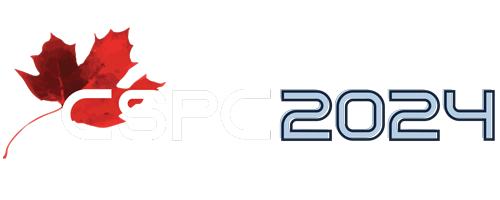Science is at somewhat of a standstill when we helicopter out and look at the immense challenges before us. There is no question that meaningful innovation is in order—not just in terms of new technologies, but also in terms of the models that we use to conduct research and generate new knowledge.
Let’s look at our progress in new pharmaceutical development as an example. Billions of public and private sector funds are pumped into clinical trials every year while patients and families wait in limbo for new treatments (only to face the reality that most drugs in the innovation pipeline fail late stage clinical validation). This is caused by an apparent lack of understanding of the biological context of disease in early preclinical drug development and also a lack of consideration of the clinical heterogeneity that is inherent in many diseases. It might seem illogical that we are aiming to manipulate the intricate mechanisms of disease at the molecular level without understanding how the mechanism actually works. Or that we discount the various ways that a given disease initiates, progresses and presents itself across individuals whom we then use as research subjects or treatment candidates for one-size-fits-all drugs. But the trouble lies in the myopic and linear models of research and development that take us for a ride only to drop us back off at the starting line.
A new model—which I argue is far more productive, effective and efficient in both cost and effort−is that of embedding research into clinical care and striking a milieu for truly integrated transdisciplinary research. In this model, clinical manifestation of disease at the sub-population or even individual level is contemplated in all of its complexity and plugged right into basic scientific investigation. Patients become an integral part of research (not necessarily as clinical trial participants) but as donors of precious multi-dimensional data to help biologists, engineers, computer scientists and chemists authentically create and test new solutions. Transdisciplinary research integrated into clinical care allows for the development of new processes, reward mechanisms and common languages for traditionally siloed disciplines to meld and begin addressing real world challenges in a powerful new way. Similarly, industry should be integrated in the early stages, not to interfere with scientific independence, but to contribute their own knowledge and to identify products that can be moved earlier into useful clinical application. In this way, scientists work on problems in the context of the application.
Alzheimer’s, for example, is a spectrum disease characterized by deep variation at the patient level (age of onset, rate of functional decline, presence of co-morbidities to name a few) and these variations dictate clinical sub-syndromes. But this reality is not necessarily reflected in new drug development for Alzheimer’s disease−studies are not taking into account that drugs that might work for one sub-syndrome may not be efficacious when used in mixed trial cohorts. The diagnostic and therapeutic regimens in the clinical setting are also lacking in their accommodation of disease heterogeneity. Integrative transdisciplinary research affords entirely new mechanisms for investigating complex health challenges like Alzheimer’s disease and generating new, more meaningful solutions. This emerging model of research is slowly replacing old-world disciplinary and siloed programs because it fosters true innovation. Additionally and importantly, these innovations are being generated through a framework of values and operational systems that are primed to integrate them right back into patient care.
Organizations like the Ontario Brain Institute (OBI) have made great strides in bringing to life patient-focused integrated discovery (ID) programs, where clinicians, patients, researchers and industry representatives from Ontario and beyond are brought together with a common purpose. These programs gather multi-dimensional standardized data which can then be shared and integrated across programs to maximize opportunities for cross-fertilization of information and to spark new ideas and research foci. OBI is seizing expertise and outputs from across disciplines to address fundamental issues in brain health. This model for integrative research can and should be replicated to address other cross-cutting health challenges. Providing diverse groups of scientists, stakeholders and end-users with a fertile environment where they can create and apply new knowledge, and the political vision and sufficient long-term commitments to do so, will maximize our chances of finding effective solutions for humanity’s grand challenges.


